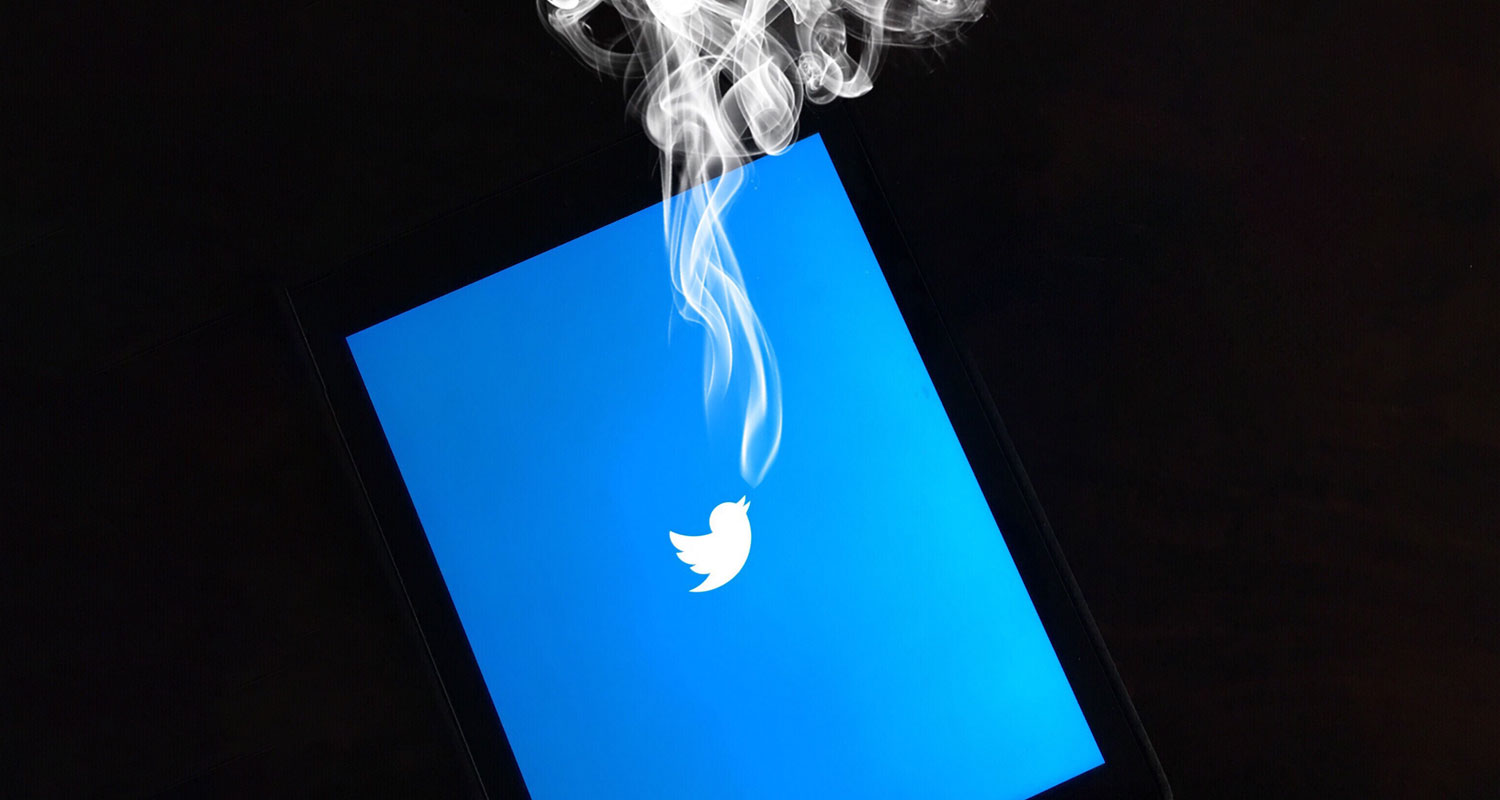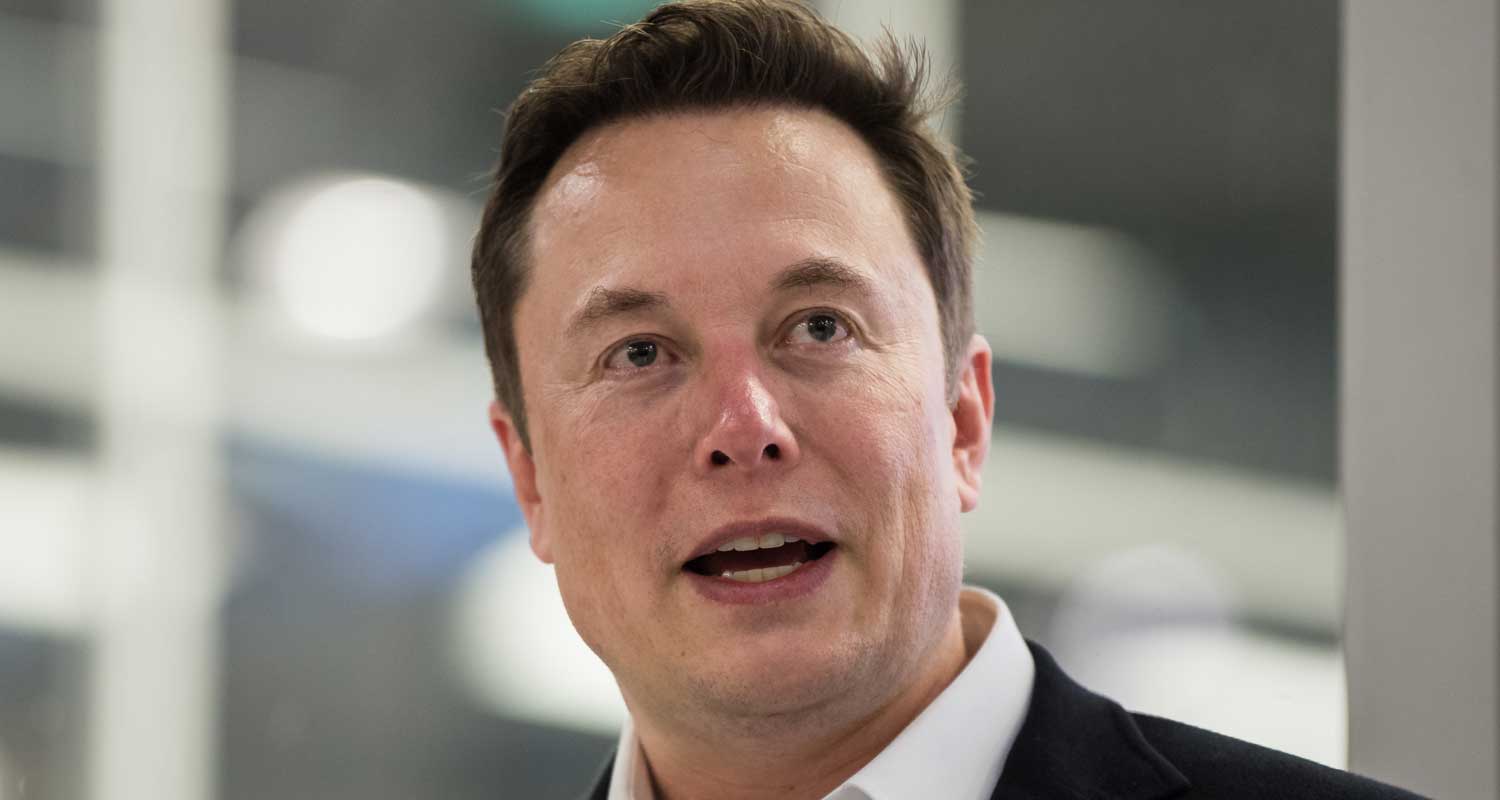 Last week, Fidelity reported that Twitter was worth just 33% of what Elon Musk paid for the social media platform. Various forces have contributed to this collapse, including: advertisers fleeing from extreme content; brands and celebrities quitting the site; and the risible failure of the Twitter Blue subscription, which transformed the “coveted” blue check into a mark of comic derision.
Last week, Fidelity reported that Twitter was worth just 33% of what Elon Musk paid for the social media platform. Various forces have contributed to this collapse, including: advertisers fleeing from extreme content; brands and celebrities quitting the site; and the risible failure of the Twitter Blue subscription, which transformed the “coveted” blue check into a mark of comic derision.
Yet the red thread of Twitter’s plight is Musk’s hate-love obsession with his new toy.
The reason why Musk seems so ill at ease with Twitter (and vice versa) is because he is an invasive species — specifically the “xenomorph” from Ridley Scott’s Alien. After many excruciating months “facehugging” his acquisition — tainting its brand, sacking its talent, spilling its secrets — Musk needs now to “chest-burst” from his moribund host and test the market value of his contrarian vision.
Musk has hinted at Twitter 2.0 on several occasions, most recently during a puffball manspread with right-wing satire bros, The Babylon Bee:
I think we need to broaden the branding. Like Twitter made sense as a name … if people are sending, you know, texts — basically group texts at 140 characters apiece between each other. That’s kind of a short thing, a tweet, not a long thing. But the point at which you’ve got not just text but pictures, video, live interaction, a full array of financial services, a full array of communications, encrypted communications, voice, video, everything — Twitter, I think, is the wrong branding for that.
Musk went on to give some indication of how he might rebrand the platform as X — wrapping it into the x.com domain which he has long envisioned as an “all-encompassing financial services provider”.
“X can mean anything. X marks the spot. X is where the treasure is. XXX is where the porn is! X rated!”
It’s common for companies to shed identities that are unhelpful (Dunkin’ Donuts to Dunkin’), unpopular (Philip Morris to Altria Group) or unacceptable (Uncle Ben’s to Ben’s Original). But Twitter’s transition to X would be a rarer example of a brand doubling down on its most divisive facets and crossing the road for a fight.
And it raises the US$44-billion question: can you attract blue-chip ad dollars with aggressively polarising (and gleefully pornographic) content, or are you stuck shilling MyPillow bedding and Balance of Nature supplements?
Recent events suggest an answer. According to Variety, since Tucker Carlson was ejected from Fox News, his 8pm slot has attracted “over 40 new advertisers” (including Procter & Gamble and Novo Nordisk) even as audience numbers have “slumped”. Such datapoints offer interesting context to Carlson’s announcement that he is taking his show to Twitter, and they help explain why Musk is eager to integrate his loss-making social platform into a profit-driven fintech venture.
A significant cohort of Musk sceptics are likely still holding their nose to see what Twitter becomes and awaiting the viability of alternatives like Mastodon, Post and Bluesky. The arrival of X would finally force every user and advertiser to confront their inertia and either quit the site or march onward under Elon’s piratical flag.
Switch-and-bait
Musk’s switch-and-bait purchase of Twitter — in which a media brand is acquired less for its value as a profit generator than as a political pawn — has ample precedent. The most obvious exemplar is Rupert Murdoch’s acquisition and subsequent transformation of “crown jewel” mastheads like the Times, the Sun, the New York Post and the Wall Street Journal. So well-thumbed is this plutocratic playbook that it was effortlessly skewered by the TV show Succession, where Logan Roy’s attempt to buy Pierce Global Media from the prissy Pierce family has clunking echoes of Murdoch’s 2007 purchase of Dow Jones & Company from the Bancrofts of Boston.
Nan Pierce: Then if we can clear up our ethical concerns, I think we can talk.
Logan Roy: Uh-huh?
Nan: We would like to retain some board seats? And get iron-clad editorial protections in place.
Logan nods. It’s a bit of a joke.
Logan: I think something like that could be hammered out.
But where Murdoch was artful enough to integrate his ideology gradually into the imprimatur of his acquisitions — acquiescing to “iron-clad editorial protections”— Musk is both impatient and petulant with his new megaphone.
In some ways, Musk has a point, for Twitter was an anachronism almost out of the gate. Technically, the site’s original 140-character count was guided by the 160-character limit of SMS, which in turn reflected the average content of postcards and Telex messages. Socially, Twitter rapidly (d)evolved from a friend-based update forum to a fractious geopolitical cage fight. Any platform that forewarns of hurricanes, foments coups, finds lost dogs, and simultaneously fights and fosters fascism is probably ill-served by a chirpy mountain bluebird or a dithering board of directors.

Twitter’s old management, flawed as it was, could probably have found ways to modernise the company and its technology product. But Twitter under Musk is a zombie brand, owned and disowned by a CEO who bombastically describes himself as a “barbarian not merely at the gate [but] through the gate, pillaging the merch”. Except the merch is now his, and Musk is despoiling his own territory — territory he never actually conquered, but simply overpaid for on legal advice.
Musk needs to put Twitter out of its misery, reframe it as X, and test his bold thesis that “free speech absolutism” mixed with “financial services” is the best way to “strengthen the pillars of democracy” and “further civilisation”. As a fan of Monty Python, he should learn from the Dead Parrot sketch. Twitter is not pining. It has passed on. It has ceased to be. It has expired and gone to meet its maker. It is an ex-platform.
Whether a new X platform marks “where the treasure is”, only Elon’s courage will tell. — Ben Schott, (c) 2023 Bloomberg LP




